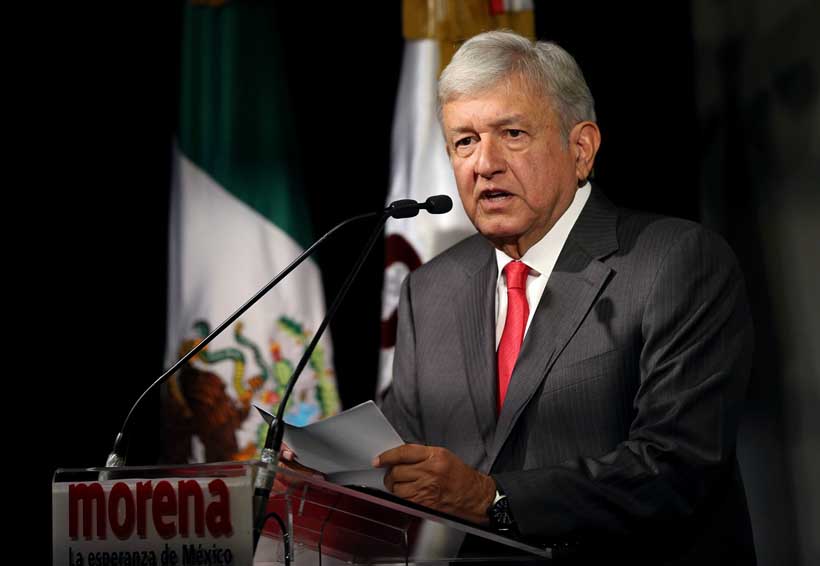by Peter Asaro, Kelly Gates, Woodrow Hartzog, Lilly Irani, Evan Selinger and Lucy Suchman
Amazon, the company synonymous with online shopping, is supplying facial recognition technology to government and law enforcement agencies over its web services platform. Branded Rekognition, the technology is every bit as dystopian as it sounds.
Given the enormous reach of Amazon’s cloud platform and how easily organizations can integrate new applications into their operations, it’s disturbing that the company can offer a powerful platform-based surveillance technology without any public input, oversight or regulation. Amazon should not have free rein to develop and profit from new surveillance technologies without regard for their effects on civil liberties and human rights. Acquiescing to the technological and economic imperatives of these companies places our democracy on precarious footing.
A coalition of civil liberties and human rights organizations have sounded the alarm, including the American Civil Liberties Union. They are asking Amazon to stop supplying its facial recognition technology to government and law enforcement agencies. Amazon shareholders and Amazon workers have joined them, voicing opposition to the company’s involvement in the business of government and police surveillance. Because of the privacy and related concerns, momentum is building.
The city of Orlando dropped its pilot program use of Rekognition. Brian Brakeen, CEO of the facial recognition company Kairos, took a stand and said his company wouldn’t sell the technology to the government. “In the hands of government surveillance programs and law enforcement agencies,” Brakeen writes, “there’s simply no way that face recognition software will be not used to harm citizens.”
As academics who have studied information technologies and privacy, including the social implications of face recognition and biometrics, we share these reservations. We are calling on Amazon to get out of the surveillance business. Our demand is as strong as it is urgent and sensible.
We don’t want Amazon to merely adjust the functions of its facial recognition technology or update its policies for proper use. The only responsible course of action involves Amazon doing a complete about-face. It must stop building the facial recognition infrastructure for law enforcement agencies and the government and be committed to never return to the business in the future.
Facial recognition technology poses serious and imminent threats to civil liberties and human rights. As workers at Amazon explained in a letter to Jeff Bezos, there is no need to wait and see if the police or government agencies will abuse the technology. It is already clear that ubiquitous, automated facial recognition is well suited for discriminating against people of color, targeting political activists, and otherwise supporting militaristic and authoritarian modes of government. There is little doubt that the adoption of an infrastructure of networked cameras connected to databases of known faces by artificial intelligence tools will eliminate privacy in public and allow the identification, location, and tracking of individuals, linking their behaviors, actions and the people they meet to their identities.
Amazon is not your average large and powerful company. It collects a huge amount of personal information about people, including their buying habits and what they watch and read. The company’s Echo and Alexa products, give it access to audio recordings of what people say in their homes. It is just a step away from adding cameras to these devices, and, indeed, Amazon already markets a camera for its cloud network. Most people using home shopping devices would be surprised to discover that the technology could easily be archiving their faces for use in police databases. Imagine, for example, Apple taking the data collected through its Face ID phone feature and repackaging and reselling it to the Department of Homeland Security or local police.
When should a tech company refuse to build tools for the government?
In fact, given the blurring line between public policing and private security, and between government security agencies and their private contractors, we question whether a moratorium on government and law enforcement uses of Rekognition would go far enough. The security industry has long touted the public safety benefits of facial recognition technology. But a functioning facial recognition system that can consistently and accurately identify specific, targeted individuals requires building a surveillance infrastructure of unprecedented scope and scale, powered by machine learning algorithms and perpetually expanding databases of identity information. The threat that such a massive, automated surveillance apparatus poses to society far outweighs the security benefits it could provide. At the very least, it would require an equally vast system for oversight, transparency and public input, one that neither Amazon nor any government agency has even begun to develop.
Amazon and the information technology industry have lobbied hard to ensure their platforms can operate and expand in a largely unregulated environment. Public policy, the claim goes, cannot keep pace with innovation. If they believe this assertion, then these companies cannot in good faith claim that their responsibilities are limited to securing the assurance that customers abide by established policies and laws. When government practices violate civil liberties, Amazon has a choice to make. Will it blindly accelerate and exacerbate violations of human rights, or will it take responsibility for its powerful technologies?
(The authors are affiliated with the following institutions: Peter Asaro, the New School; Kelly Gates, University of California, San Diego; Woodrow Hartzog, Northeastern University; Lilliy Irani, University of California, San Diego; Evan Selinger, Rochester Institute of Technology; and Lucy Suchman, Lancaster University).









